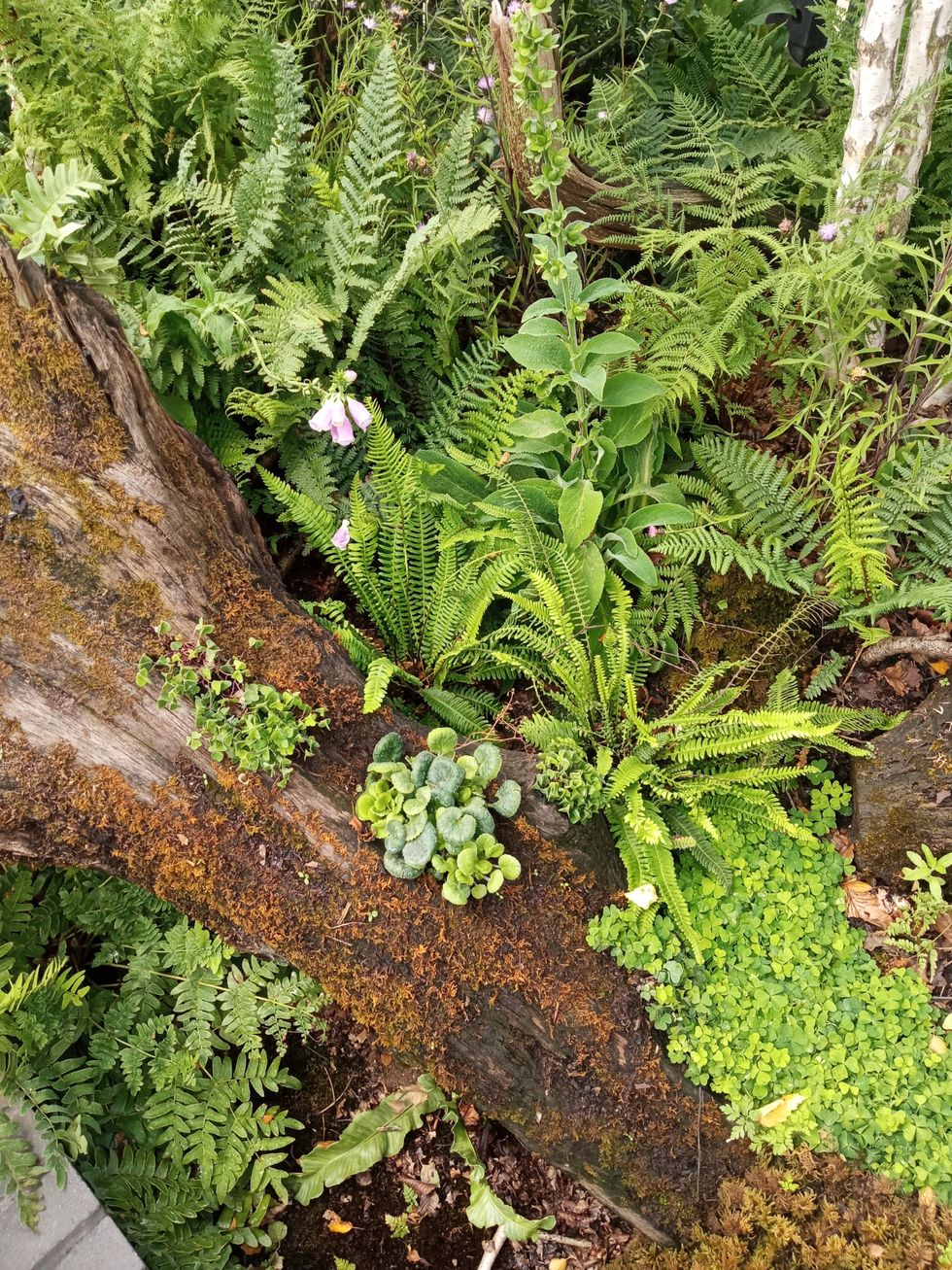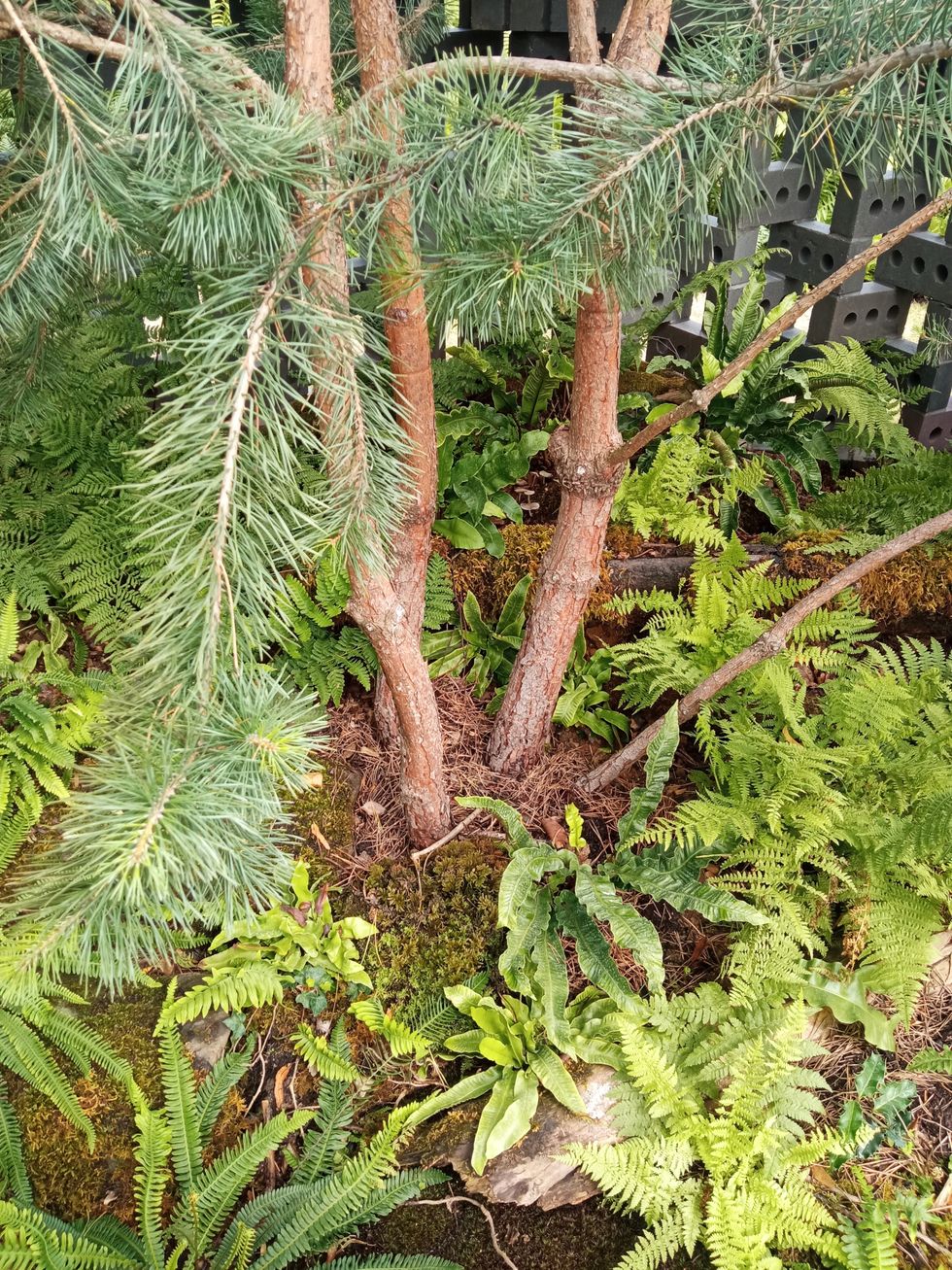by LAUREN CODLING
EXPERTS have warned of the “negative mental health impact” that job instability can have on young people, as a new study revealed that ethnic minorities were more likely to be in insecure employment compared to the general population.
Millennials from BAME backgrounds are 47 per cent more likely to be on a zero-hours contract, a new report said earlier this month. The study, published by UCL Centre for Longitudinal Studies, Carnegie UK Trust, and Operation Black Vote (OBV), found that those from a BAME background were 58 per cent more likely to be unemployed than their white peers.
The higher risk of unstable employment was found to be linked to mental ill health, the report added.
Psychiatrist Dinesh Bhugra told Eastern Eye that job insecurity could significantly affect an individual’s self-esteem. For instance, it could mean someone was more likely to feel inferior with the assumption that they were “not good enough” to get permanent or secure jobs.
“Job insecurity will add to anxiety and feeling depressed and perhaps trapped,” Bhugra explained. “Not knowing whether they will be working on a particular day will add to the uncertainty and poverty.”
Bhugra, the emeritus professor of mental health and cultural diversity at King’s College London, added: “We know that social determinants such as unemployment and poverty contribute to rates of mental illness. Job insecurity will further add to this.”
The report also found that Indian, Pakistani, Bangladeshi and black African ethnic groups are less likely to report having mental ill health symptoms compared to their white peers. Bhugra added that the stigma of mental illness in the Asian community could potentially stop a person communicating their struggles as it may “bring shame to the family”.
The former president of the Royal College of Psychiatrists also believes that some workers may fear taking time off to seek help as it could affect their finances and stop them earning money.
And with the Corona virus outbreak, Bhugra highlighted concerns that some people may choose to work even if they show sub-clinical symptoms of the illness. “They could spread the virus simply because they need the job and the money,” Bhugra cautioned.
Emma Mamo, head of workplace wellbeing at mental health charity Mind, agreed that low wages and financial instability were frequently cited causes of stress and poor mental health. She said employees needed to be reassured that they would be offered additional support for their mental health if necessary.
“Some employers may be worried about their limited budget but creating mentally healthy workplaces needn’t be difficult or expensive. Small adjustments such as regular communication can make a big difference and save money in the long run,” Mamo told Eastern Eye.
She also called on the government to ensure individuals in the public sector were better supported financially in and out of work. “A key part is increasing the amount of Statutory Sick Pay (SSP) staff receive, regardless of profession, when they are off sick, allowing them the time to recover without fear or added pressure. And for people who are not working, making sure the benefits system is there for anyone who needs it,” Mamo stressed.
At present, the standard SSP weekly rate is £94.25 a week. Mamo said it was “completely unfair” that BAME communities were more likely to be in unstable employment. “Everyone deserves to be able to access financially stable work that supports them and encourages them to thrive,” she said.
Emma Carrington, advice and information manager at Rethink Mental Illness, also urged action to tackle racial inequalities in access to good work to help reduce people’s risk of mental health problems.
“Medication or talking therapies tend to be what people first think of when it comes to mental health care, but suitable housing, physical wellbeing and a consistent routine all have an important role to play in supporting mental health,” she told Eastern Eye. “All these can be undermined without access to good quality and reliable work.”
In addition, the uncertainty of whether people could pay their bills every month was another obvious source of anxiety, Carrington added.
OBV founder Lord Simon Woolley said the report must be a “serious wake-up call” for the government, industry and mental health practitioners. “The race penalty in the work space is further exacerbated by mental health issues – it’s a double hit if you’re from a BAME community,” he said.
The Department of Work and Pensions did not respond to a request for comment from Eastern Eye.
Additional findings in the report revealed ethnic minority millennials are five per cent more likely to be doing shift work, and four per cent less likely to have a permanent contract than their white peers.


















 The circular structure inspired by jali screens in India
The circular structure inspired by jali screens in India Jewlsy and Mike
Jewlsy and Mike Jose Mathews Payyanat
Jose Mathews Payyanat Sophie, Duchess of Edinburgh, at the garden
Sophie, Duchess of Edinburgh, at the garden
 The couple display their medals
The couple display their medals